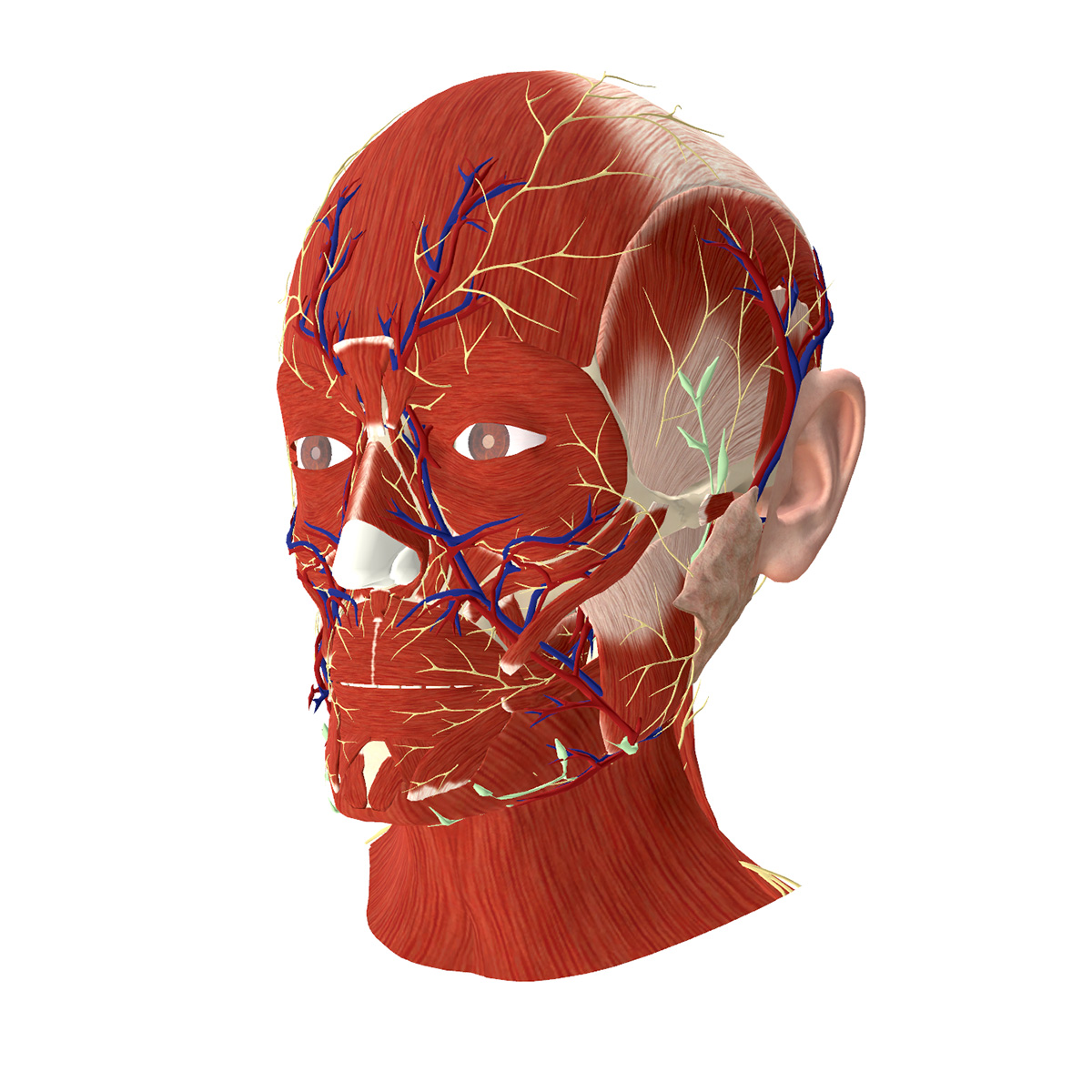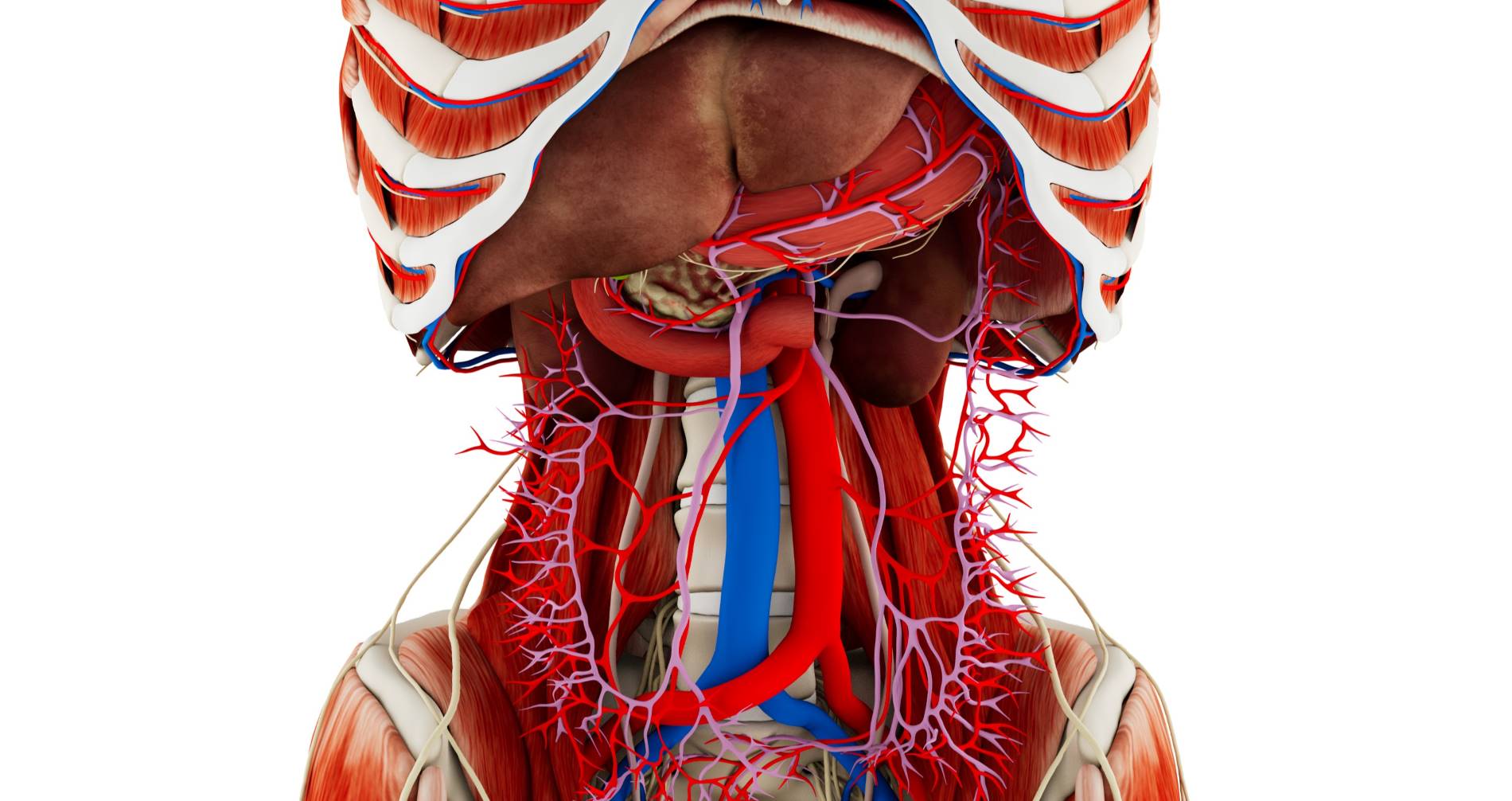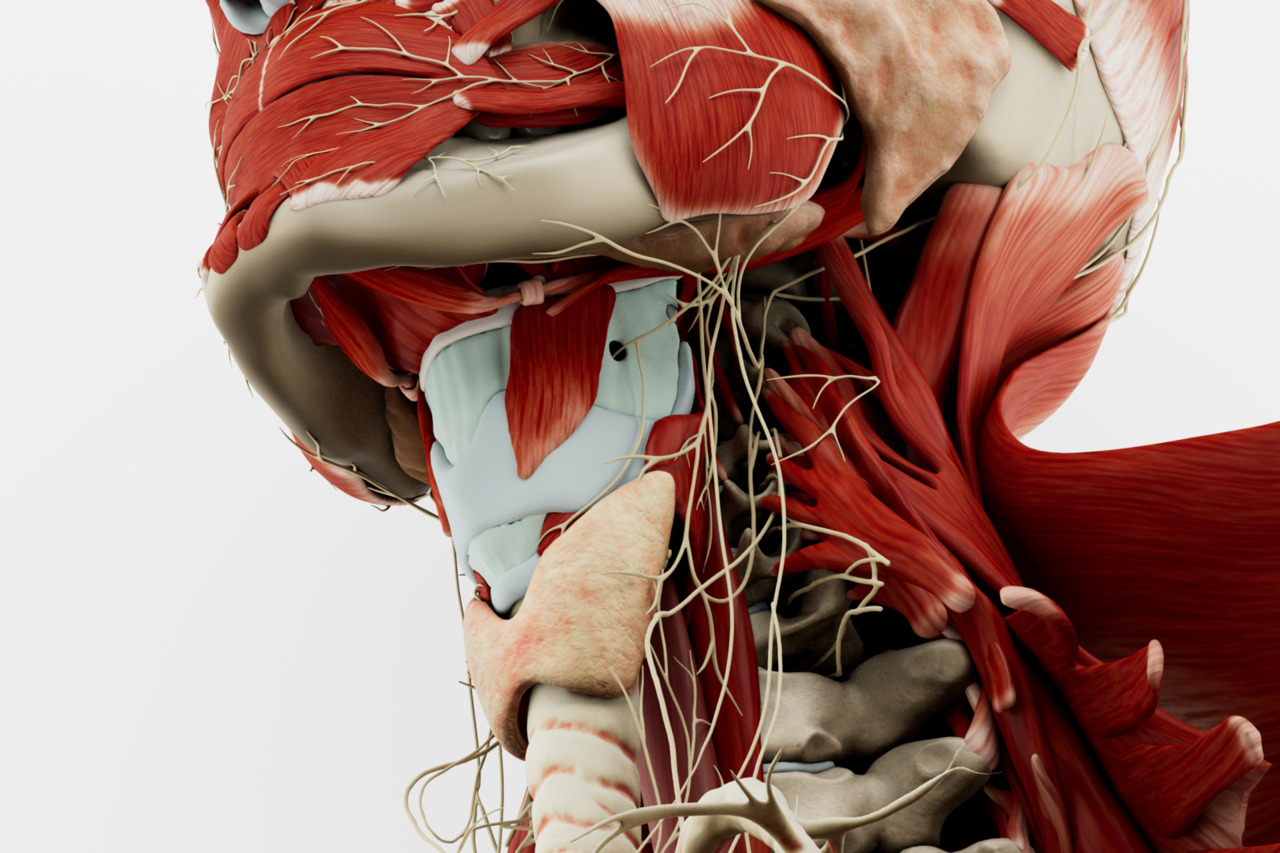Anatomy Master 2 mejora la comprensión de la anatomía humana de manera más efectiva y eficiente en comparación con métodos tradicionales como el aprendizaje basado en pantalla o los libros de texto. Esta aplicación ofrece una experiencia de aprendizaje dinámica donde los usuarios pueden interactuar con datos anatómicos caminando alrededor, ampliando, diseccionando y haciendo vistas transversales de los modelos, lo que permite la observación y estudio desde cualquier ángulo y perspectiva.
Anatomy Master 2 facilita una comprensión rápida y mejorada del cuerpo humano, sus órganos y fisiología. El uso de esta herramienta conduce a una comprensión más profunda de la anatomía humana, lo que resulta en estudiantes de medicina, enfermeras y profesionales de la salud más competentes.
Con Medicalholodeck, los educadores tienen la capacidad de crear sus propias lecciones y simulaciones en RV. Esta función permite la grabación de enseñanzas para la reproducción en RV, lo que permite el desarrollo de una biblioteca completa de lecciones de anatomía.
Anatomy Master 2 puede ser utilizado de manera efectiva en aulas virtuales o para el autoaprendizaje individual de los estudiantes, mejorando la curva de aprendizaje y contribuyendo a la educación mejorada de futuros profesionales médicos a través de la tecnología de RV.
Descargar
Incluye una prueba gratuita totalmente funcional de 2 días
Características principales
Anatomía tridimensional en RV
Anatomy Master XR presenta anatomía humana tridimensional de alta calidad en RV, ideal para enseñar y estudiar el cuerpo humano en aulas virtuales inmersivas.
Precisión
La aplicación incluye modelos precisos de anatomía masculina y femenina, desarrollados en base a datos reales de pacientes, garantizando precisión y fiabilidad en la realidad virtual. Medicalholodeck ha desarrollado los modelos en colaboración con expertos líderes para asegurar una herramienta educativa de grado profesional.
Modelos Anotados
Más de 2000 estructuras y órganos anatómicos están meticulosamente anotados, apoyando el estudio detallado y la enseñanza efectiva en entornos de aula virtual y autoestudio.
Experiencia Inmersiva
Los usuarios pueden ampliar los modelos anatómicos, estudiarlos desde cualquier perspectiva y compararlos uno al lado del otro con imágenes médicas y disecciones de nuestro atlas de anatomía completo en un espacio de trabajo totalmente inmersivo.
Modelado de Alta Calidad
Los modelos 3D se basan en datos de TC y resonancia magnética, con texturas y estructuras cuidadosamente elaboradas para representar con precisión los órganos del cuerpo humano.
Aprendizaje Colaborativo
La plataforma permite enseñar anatomía humana en diversos entornos, desde aulas virtuales y laboratorios de RV hasta acceso global independiente de la ubicación.
Grabe, Reproduzca, Comparta
Los educadores pueden grabar clases de anatomía, crear y almacenar lecciones y compartir su contenido a nivel mundial, permitiendo a los usuarios reproducir y aprender individualmente.
Head
The head houses critical organs responsible for sensory perception,
cognition, and physiological functions. It contains the brain, protected
by the skull, which controls thought, memory, emotion, and movement
coordination. The main sensory organs are located here: the eyes
(vision), ears (hearing and balance), nose (smell and breathing), and
mouth (taste, speech, and eating). The facial muscles, controlled by the
facial nerve, enable expressions, while cranial nerves facilitate
various functions. The intricate anatomy of the head integrates sensory
information, communication, and essential life-sustaining functions.
Ventajas
Modelos de Anatomía 3D en Realidad Virtual
La visualización tridimensional de alta calidad es crucial para entender la anatomía humana, especialmente en las etapas iniciales de la educación médica. La realidad virtual ofrece una perspectiva inmersiva y detallada que mejora el aprendizaje.
Adquisición de Conocimiento Mejorada
Utilizando la realidad virtual, los estudiantes pueden explorar los órganos del cuerpo humano y las estructuras anatómicas de manera más interactiva y atractiva. Este enfoque eleva la calidad de la educación y el rendimiento estudiantil, fomentando el desarrollo de la próxima generación de profesionales médicos en un entorno de realidad virtual.
Comprensión Anatómica Integral
Ofrecer una visión anatómica tridimensional completa en realidad virtual mejora significativamente la comprensión de la anatomía humana por parte de los estudiantes. Este método es más eficiente y efectivo en comparación con los recursos de aprendizaje tradicionales, facilitando una comprensión más rápida y profunda.
Enseñanza en Aulas Virtuales
Las aulas virtuales en el metaverso permiten la enseñanza independiente de la ubicación, creando oportunidades para la colaboración y el aprendizaje internacionales. Las aplicaciones médicas XR integrales de Medicalholodeck brindan una plataforma para enseñar, estudiar y aprender anatomía de manera innovadora.
Grabar, Almacenar, Compartir en RV
Los educadores pueden crear, almacenar y compartir fácilmente sus lecciones y simulaciones de anatomía con un simple clic, haciendo que estos recursos estén fácilmente accesibles para los usuarios en el metaverso. Esta función mejora la distribución y accesibilidad del contenido educativo en el campo de la educación médica.








